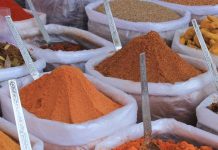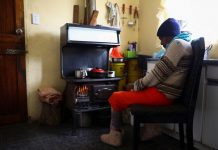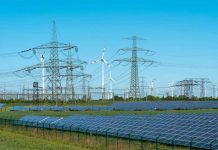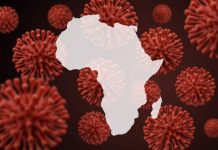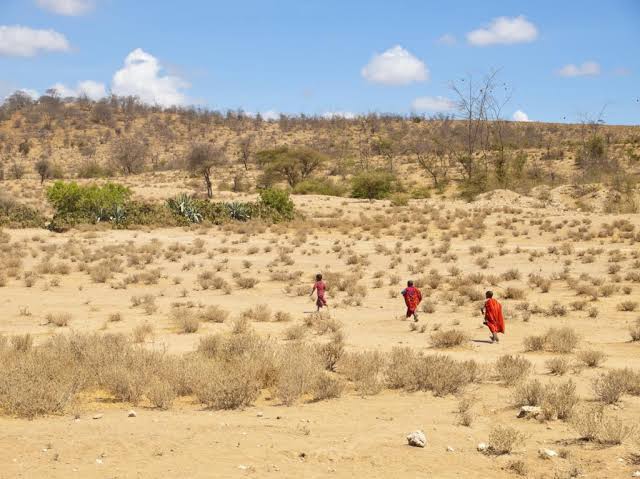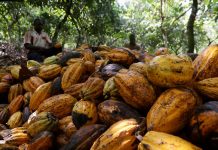“If this drought persists, I will have no livelihood and nothing for my family,” Lepaine mourned. “We are praying hard for the rains.”
But a few thousand miles south, communities are facing the opposite problem.
Tropical Cyclone Freddy, which has already caused 21 deaths and displaced thousands of others in Madagascar and Mozambique, is set to make landfall in Mozambique once more on Friday. The nation is already suffering from Freddy’s first battering last month and severe flooding before that.
Meteorologists told The Associated Press the uneven and devastating water distribution across Africa’s east coast states is caused by natural weather systems and exacerbated by human-made climate change with cyclones sucking up water that would otherwise be destined for nations further north
“The trend has always been two contrasting weather systems,” said Evans Mukolwe, the former head of Kenya’s meteorological department. “Intensified cyclones in the southern Africa region translates into drought on the eastern side including Horn of Africa.”



